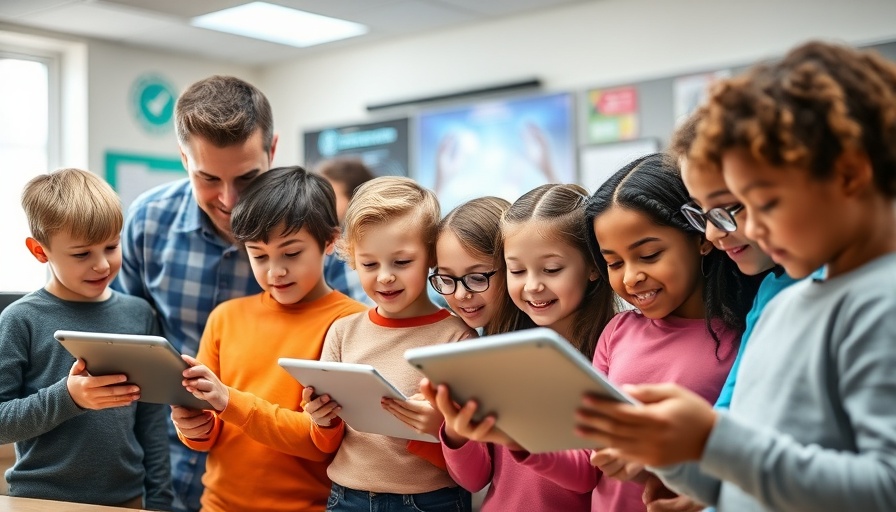
Unveiling the Fun: Scientific Method Resources for Students
Scientific method projects can be both surprising and engaging, allowing students to dive deep into the world of science while having fun. Just a few years ago, many of my students were unfamiliar with the scientific method, which ignited my motivation to create lessons that not only explain the concepts but also spark enthusiasm about conducting experiments.
Interactive Notebooks: A Gateway to Curiosity
One of the most effective tools I’ve implemented in my classroom is the Interactive Notebook. Featuring 10 diverse activities, this notebook guides students through critical topics including:
Understanding the Scientific Method
Identifying properties and variables
Data representation techniques
Each activity includes engaging main tasks as well as bonus options to enrich student learning. Colorful templates, complete with instructions and pictures, help streamline the learning process. A colorful paper tip helps enliven presentations, ensuring students remain engaged.
Task Cards: Flexible Learning Opportunities
Scientific method Task Cards are another versatile resource I love. With 28 cards focusing on vocabulary, application, and extension topics, these cards cater to myriad classroom needs. They can be utilized for:
Group activities
Morning warm-ups
Homework and assessments
Teachers can adapt them for individual or collaborative work, maximizing student interaction.
Experimentation: Candy and Effervescent Projects
Engaging experiments like the Candy Experiments and Effervescing Tablet projects offer tasty, hands-on learning. In the candy experiment, students use Gobstoppers to explore scientific concepts, following a structured method where they brainstorm, hypothesize, experiment, and document their findings. Adding creativity, they can modify variables to further their investigation.
For the effervescing tablet project, students examine the rate of dissolving Alka-Seltzer. Observing different liquids lets them measure how each affects the tablet dissolution, providing real-time feedback on their hypotheses.
Posters and Flip Booklets: Adding Visuals
Decorative posters showcasing the scientific method steps can enhance classroom aesthetics while serving as effective reminders. Furthermore, fun flip booklets invite students to illustrate their experiments, making learning both dynamic and creative. These tools help reinforce knowledge while keeping students invested in their learning journey.
Conclusion: Empowering Through Experimentation
Teaching the scientific method equips students with essential skills such as critical thinking, problem-solving, and effective communication. By immersing them in engaging, hands-on projects, we not only bolster their understanding of scientific principles but also prepare them for real-world challenges. As educators, we have the unique opportunity to ignite curiosity in our students, helping them harness the wonders of science.
 Add Row
Add Row  Add
Add 




 Add Row
Add Row  Add
Add 

Write A Comment